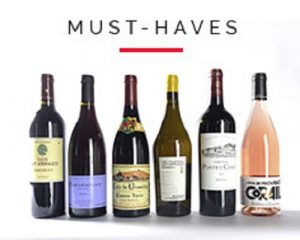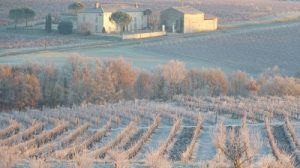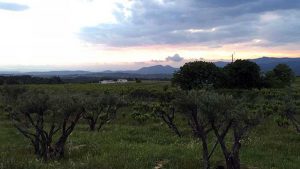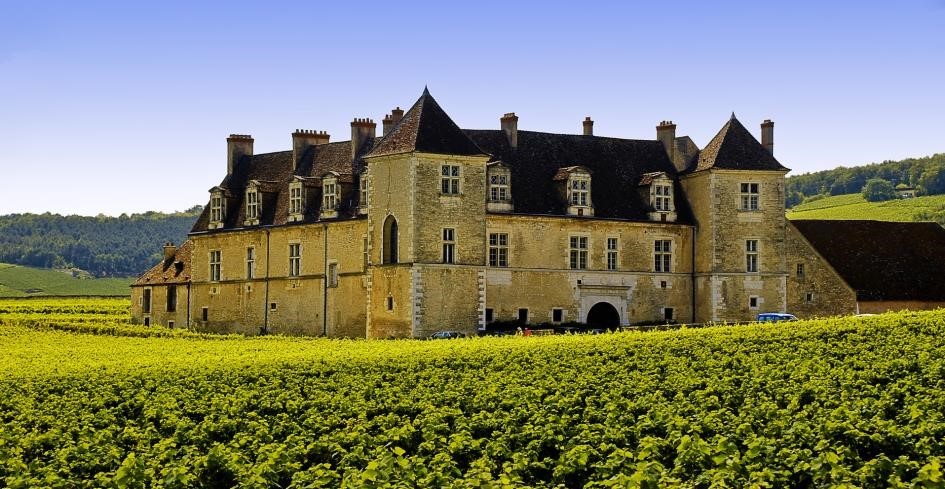
There are 10,000 of them in the Gironde, yet the term “château” only became widespread quite recently, in the 19th century to be exact. Why do we use this word in Bordeaux but not in Burgundy? Why does winemaking estates there use the word ‘domaine’? History has played a part, but the answer also lies in the fundamentally different way these two types of French wine estates operate.
What is a Château?
In Bordeaux, the concept of the “château” goes beyond the architectural structure and refers to the wine produced from the property’s vineyards. However, this designation only became predominant from 1860 onwards, many years after the French Revolution. Before 1850, the famous Féret Wine Guide only listed a few estates claiming to be châteaux. In 1850, this figure exceeded 500, in 1885 it had reached 1,000 and in 1914, it stood at 2,000. (Source: Philippe Roudié).
16th century beginnings
Before the French Revolution, Lords, the only landowners, kept the best plots to themselves. This explains why some Bordeaux vineyards also have magnificent châteaux and why the vines in the surrounding area are so renowned. So why was the word “château” so late to become popular? Before the 19th century, wines were sold by merchants, unbottled, and the origin of the grapes was only specified for the finest wines. In the 16th century, Château Haut Brion, for example, was known as “Monsieur de Pontac’s Wine”.
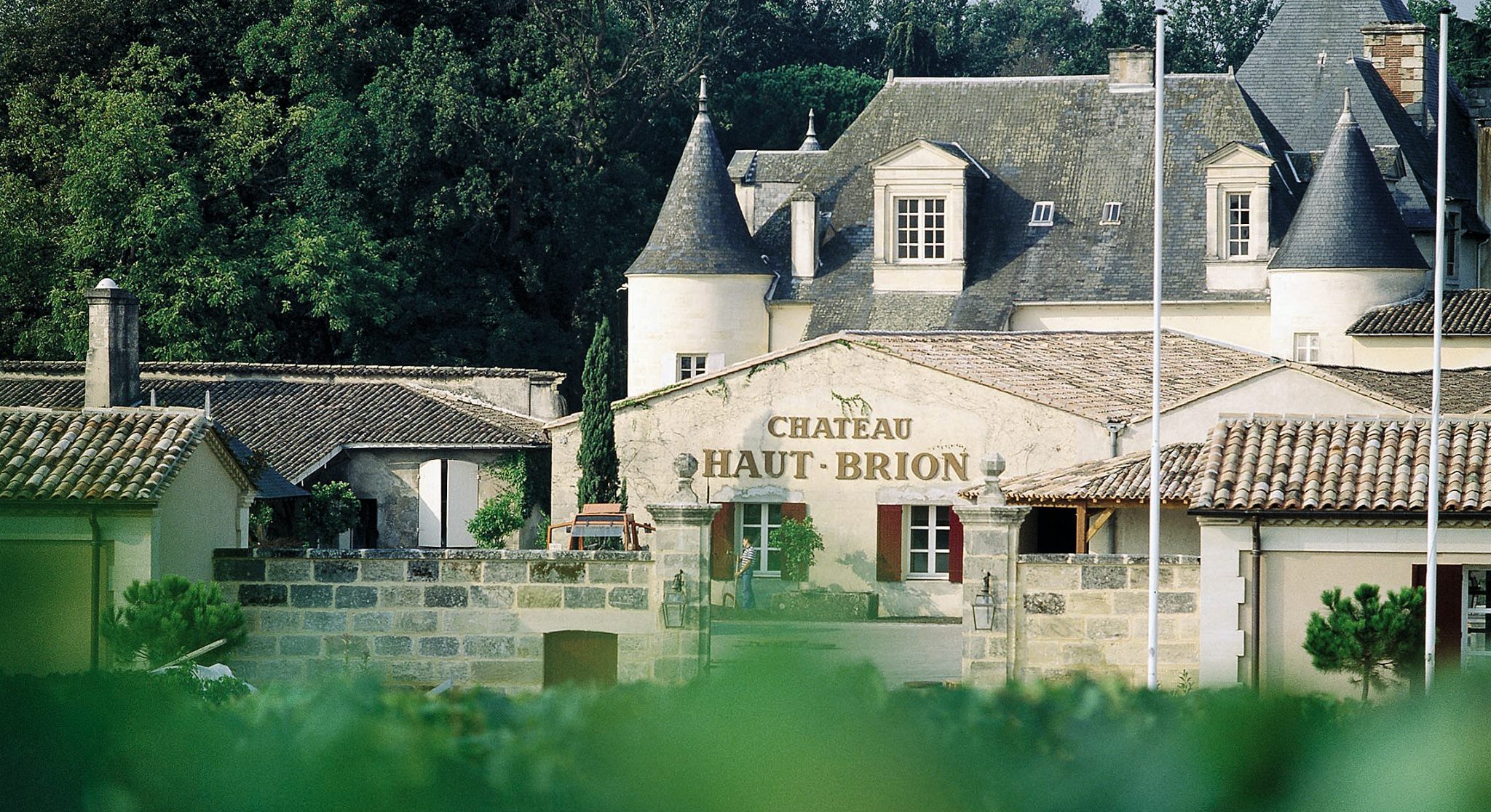
In the 19th and 20th centuries, there was a significant change, and the balance of power between the wine estates and the merchants shifted. First came the Wine Classification of 1855, which established the reputation of 61 estates in the Médoc and Graves and 28 wines from Sauternes and Barsac. Then, in 1924, producers such as Mouton-Rothschild began to bottle wines on their estates. In the time in between, relative economic prosperity in France enabled producers to overcome the phylloxera crisis and spend money on their wine estates. It seems therefore that in spite of the French Revolution, the reputation of wines from the estates of former aristocrats lives on.
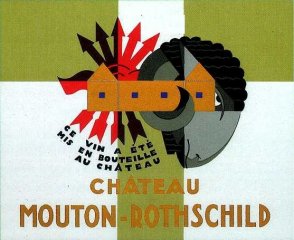
In 1857, France introduced its first trademark law. This stipulated that a distinctive feature (such as a “château”, “abbaye”, “clos” or “mas”) should be added to the wine estate’s traditional name. The commercial success of wines mentioning “château” prompted all estates in the Médoc to adopt the word. Some invented special names. Others took the names of their owners, their localities, or combined the two, as in Lafite-Rothschild.
Success did not stop there. Many other wine estates adopted the word “château”; first in the South West, then in the Loire and in the Rhône. But not in Burgundy!
What does “domaine” mean in the wine world?
So why did the term “château” not take hold in Burgundy? Châteaux only accept grapes from the estate where they are grown. And whereas Bordeaux châteaux only produce from one appellation area, a Burgundy “domaine” produces wine from lots of vineyard plots scattered around different villages in the area. The Burgundy-specific concepts of “terroir” and “climat” contradict the geographical unity underpinning the concept of the château.
The Burgundy-distinctive “climats” were granted UNESCO world heritage status in 2015. The concept of climat is tied up in the combination of a plot of land, exposure to the sun, soil type and human input. Records of the very first climat, Clos de Bèze, in Gevrey-Chambertin, date back to 640 A.D. There are nearly 1,500 climats in the whole Burgundy winegrowing area with most of them belonging to the the Côte d’Or region. Even when a Burgundy domaine has a monopoly on a climat (La Tâche and Romanée-Conti are part of the same eponymous domaine) it will often produce wine from a myriad of other appellation areas (Montrachet and Corton for Domaine de la Romanée-Conti most notably).
Climats began to be classified as premiers crus and grands crus during the Second World War. The occupying forces could requisition wines freely, with the exception of premiers crus and grands crus, for which they had to pay a steep price. In the Free Zone, there was no urgency to classify wines so producers decided to wait until the end of the war. Even today, vineyards in the Mâconnais (south of the Demarcation Line) are still waiting to be classified.
Today, wine lovers will seek out a specific climat and wines from a producer they like within that climat. Some large-scale Burgundy wine producers, such as Louis Jadot, Bouchard and Joseph Drouhin market wines from almost all of Burgundy’s wine villages. They also supplement their winegrowing activities with a distribution business (known as a ‘négoce‘), which is far removed from the concept of the château.
There are some châteaux in Burgundy, for example Château de la Tour, Château de Chamirey and Château de Meursault. However, the term remains the exception. Indeed, one of Burgundy’s most famous residences, the Château de Vougeot, no longer produces wine.
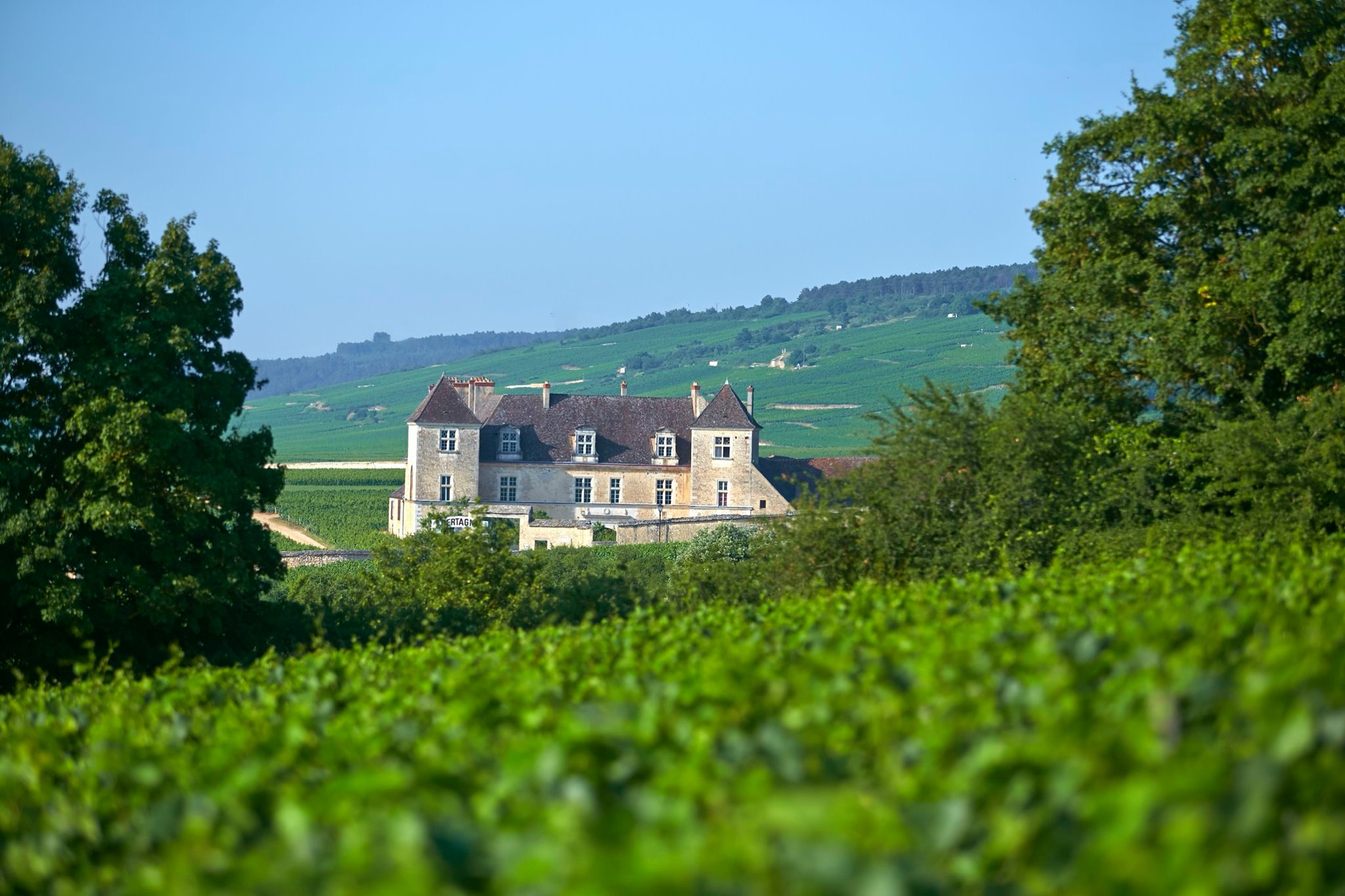
Wine Châteaux and the Law
Wine châteaux have sprung up everywhere, to the point that the name has been trivialised. Even in Bordeaux, there can be as many châteaux on an estate as there are wines! Producers in countries such as Spain and the USA have also tried to add the word “Château” to their bottles. France has taken an inflexible approach to this and throughout the 20th Century, its laws tried to shape the meaning of the word. Current law sets three conditions: the wine concerned must have a Protected Designation of Origin; the grapes must be harvested from a plot belonging to a vineyard with a “chai”, or wine store in English; and finally, the wine must be produced on the estate.
Due to the influence of some brands, case law has established that there does not need to be anything “remarkable” about a “chai” to use the term “château”. And as always in the world of wine, there are plenty of exceptions. Petrus, the most sought-after wine in Bordeaux, has never used the word “château” (there is no château building,in fact). In the Rhône, Emmanuel Reynaud produces Côtes du Rhône under the name Château des Tours and IGP de Vaucluse under the name Domaine des Tours . And, if you ever visit Château Rayas, don’t try and find the château, because there isn’t one!

